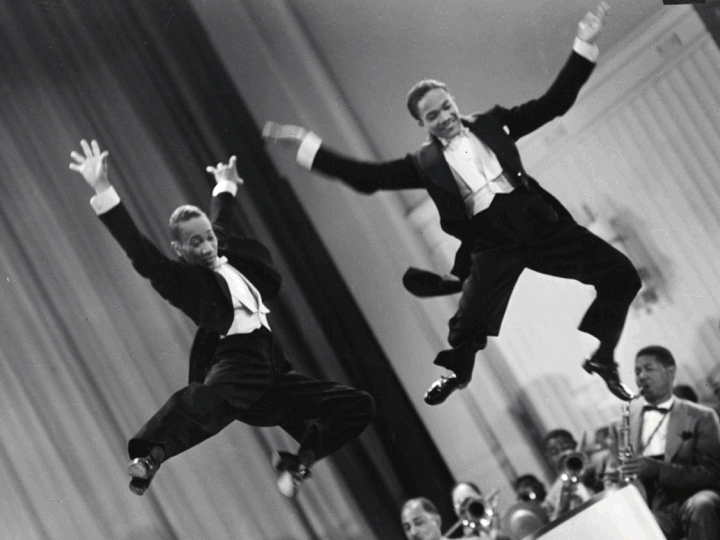‘Women at Work’ in an Exploitive Era
- Share via
The exploitation of women during the industrial revolution that took place in America during the 19th Century is one of the most dismal chapters in the history of American labor. During the 1800s, new machinery was developed to increase production in scores of diversified industries. Young women by the thousands were hired to tend the machines. Wages were minimal, hours were long and working conditions deplorable.
Women performed the hazardous task of loading powder into shell casings in munitions factories during the 1870s. In other firms they sorted nails, buttons and pills, shucked and peeled vegetables in the canneries and toiled with needle and thread in the garment sweat shops of New York City. The attitude of their employers was to pay women half the wages a man would earn for comparable work.
The ‘Perfect’ Place
This is the theme of an exhibition, “Perfect in Her Place--Women at Work in Industrial America,” that went on view last week at the California Museum of Science and Industry in Exposition Park. Organized by Deborah Warner, associate curator of the Smithsonian Institution’s Natural Museum of American History, the traveling exhibit traces the contribution of women’s labor from the 19th Century through World War I in photographs, text and quotations from contemporary publications. It offers a visual survey of industries where women labored at monotonous tasks, were repeatedly excluded from profitable jobs and encouraged to supply the cheap labor needed by industries to compete in the world market.
The museum is an ideal place to take youngsters during the holidays, offering something for every interest. What delights children the most is that they become personally involved in the displays by pulling levers or pressing buttons that activate them. There are also numerous exhibits with computer keyboards and screens--there are problems to solve, some simple, others complicated, but all guaranteed to make you think. And it’s fun.
The Science Wing marks man’s progress through the modern age in an extensive array of exhibits. You’ll discover the magic in numbers. A Wheel of Change display shows the impact of technology on the automotive industry. The viewer can sit behind the wheel and drive a car on a simulated General Motors test track. There is a section that shows how motion was created in motion pictures, and some of the earliest cameras used to film movies during the era of the silent screen are shown. Another large hall is devoted to agriculture. You can watch chicks being hatched in an incubator and a colony of bees at work making honey.
The museum’s Hall of Health is the only exhibit in the United States that offers visitors facilities for a medical self-checkup. Employing a computer card, you can check for proper breathing, pulse, heart rate, balance, stress level and other vital signs and receive a printout of your personal health and nutrition profile.
An exhibit called the De Mille Dynasty is on the first floor in the Industry Hall. It commemorates the contributions made by Agnes, Cecil B., William and Henry De Mille to the Broadway stage and Hollywood film industry. It features an array of special effects, films and videos together with murals depicting the De Mille family’s involvement in the worlds of motion pictures, theater and dance. The show closes Feb. 15.
The Mark Taper Hall of Economics and Finance is in an adjacent building, opened last year. A gallery with more than 60 exhibits--at least half of them operated by computers--illustrates and explains in simple terms the basic principles of economics and finance. The concept of the hall is self-involvement. The visitor is confronted with a series of hypothetical questions on economics; he solves the problem by pushing the right button.
The Mitsubishi IMAX Theater, adjacent to the Aerospace Museum at the corner of Figueroa and Exposition, is a part of the Museum of Science and Industry and is within walking distance. It contains an immense motion picture system called IMAX that projects an image frame 10 times larger than a standard 35-millimeter frame onto a giant 54-by-70-foot wide screen. “The Dream Is Alive” returns to the theater Friday in response to popular demand.
Dining in Space
The 40-minute film retraces the journeys of three space shuttle missions and was photographed by the astronauts. The imagery of space has been captured by the sweeping IMAX process. Scenes show the film makers as they repair a damaged satellite, rap on the outside of the spacecraft while spacewalking and dine in the weightlessness of space. Showtimes will be 10 a.m., noon, 2, 4, 6 and 8 p.m. Tickets are $4 for adults, $2 for children. For current program information, call (213) 744-2014.
Naturally enough, one does get hungry, and in what other museum can you order a Big Mac? There’s a McDonald’s restaurant on the premises, but one especially created to blend with a scientific environment--you can watch through windows and closed-circuit television as computers and electronic sensors help to prepare your meal.
The Museum of Science and Industry is at 700 State Drive in Exposition Park. It’s open seven days a week, 10 a.m. to 5 p.m. (but closed New Year’s Day). Admission is free; parking 50 cents.
More to Read
Sign up for The Wild
We’ll help you find the best places to hike, bike and run, as well as the perfect silent spots for meditation and yoga.
You may occasionally receive promotional content from the Los Angeles Times.






